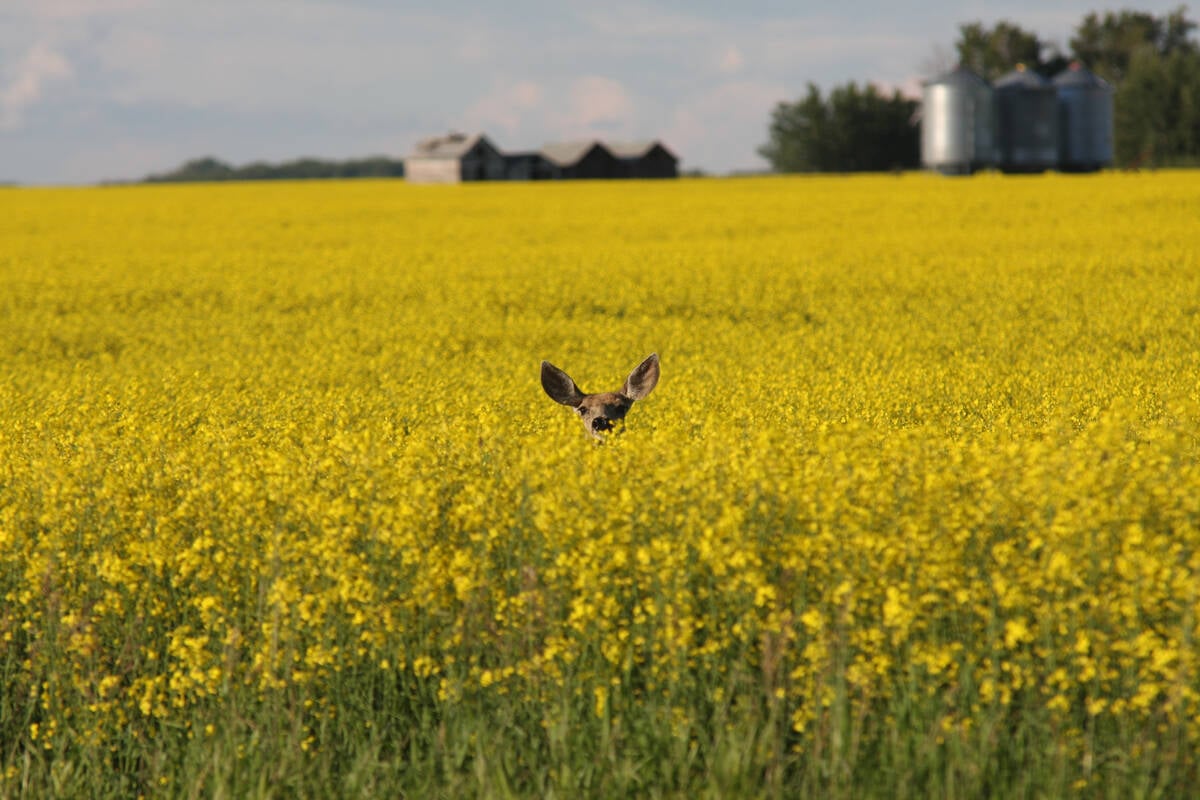A Saskatchewan farmer says the new federal farm safety net puts some western grain growers at a disadvantage.
Mark Steckler of Colonsay said prairie farmers who sell through the Canadian Wheat Board have to value their inventory at lower prices than those in Eastern Canada who don’t sell through the board.
That’s because the Canadian Agricultural Income Stabilization program uses the board’s initial prices in its calculations.
Steckler said his board commodities will be valued so low for 2003 that even if he has a complete drought he likely won’t be able to collect any money.
Read Also

Drones now used to assess wildlife crop damage in Saskatchewan
Wildlife damage in Saskatchewan crops is now assessed by drones and artificial intelligence.
CAIS triggers a payment when producers’ claim year margins fall below their reference margins. Producers secure their protection levels with a deposit in an account at a financial institution.
Steckler also said interim and final wheat board payments cannot be included in farmers’ accounts receivable. Instead, he said, those payments will push up the following year’s income and skew his production margin for 2004.
He said this system makes it look like farmers are having an average year when it actually was a poor one.
“They are punishing western farmers for selling through the wheat board,” he said. “To me, market values are the PROs, not initial payments.”
But CAIS spokesperson Jason Campbell said the program uses the board’s initial prices to remain market neutral.
“They do use an initial price basically because they don’t want to influence people’s buy and sell habits,” he said.
Through inventory adjustments, the income a farmer gets through wheat board interim and final payments should wash out over time.
Campbell added that under former safety net programs producers could make adjustments for wheat board crops to try to line up income with the year the crop was produced.
“That feature was removed,” he said. “There wasn’t a huge benefit to the overall population from year to year.”















